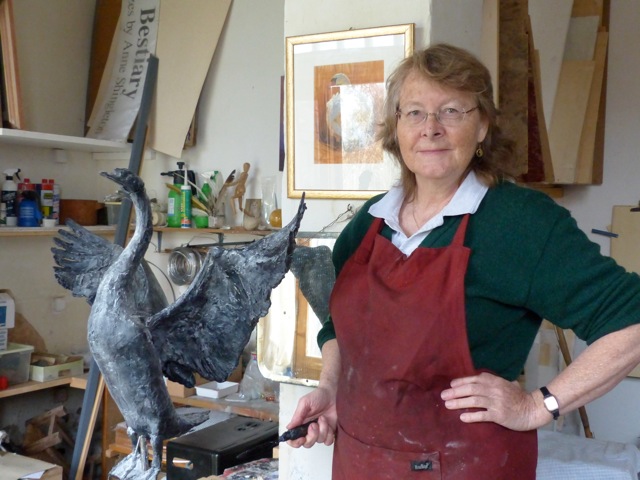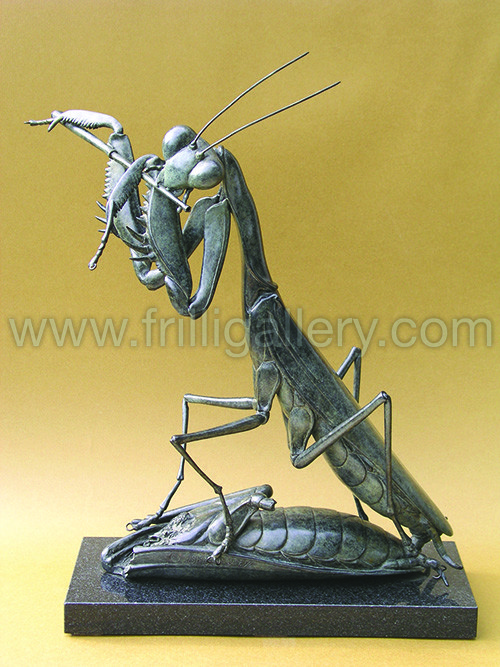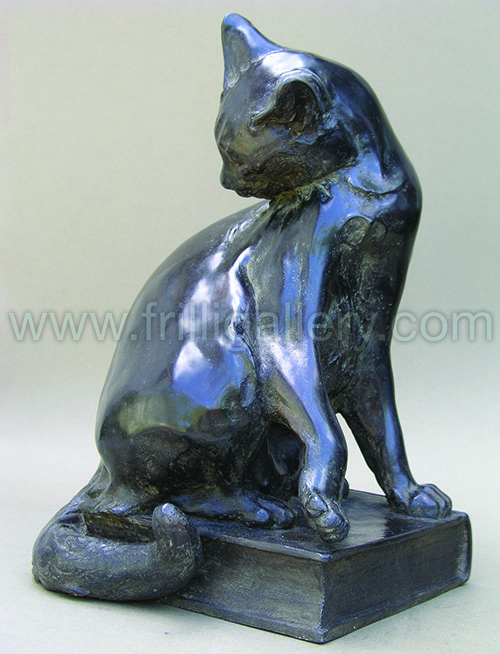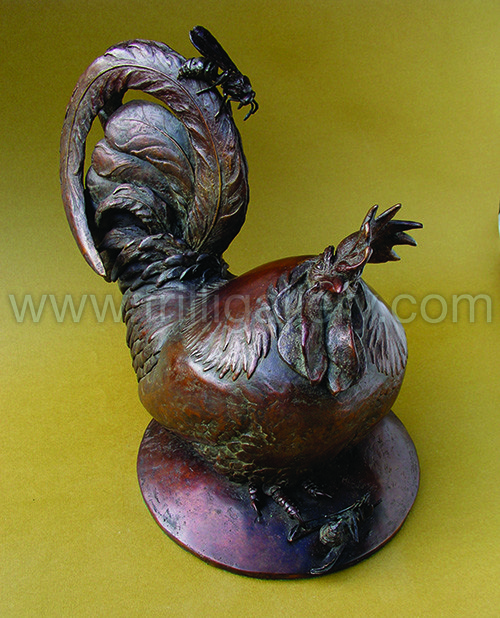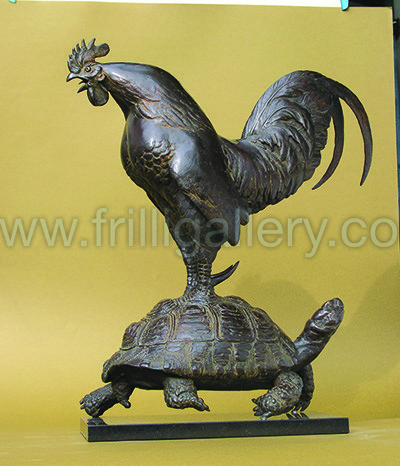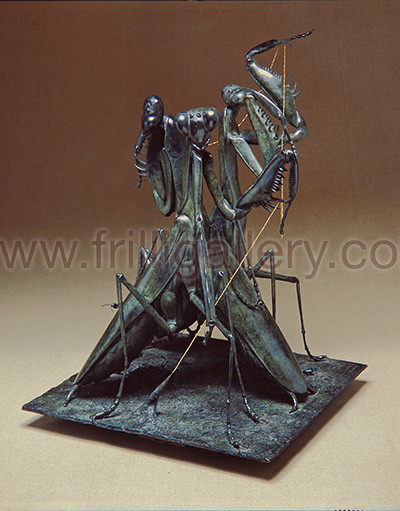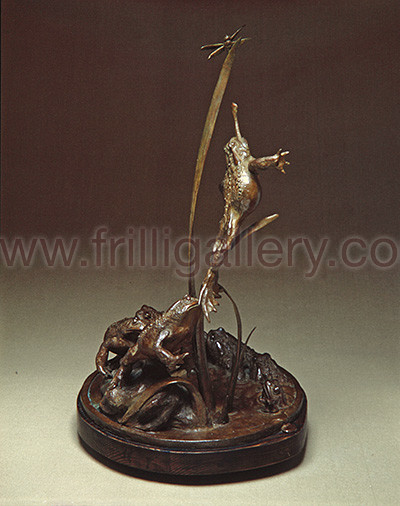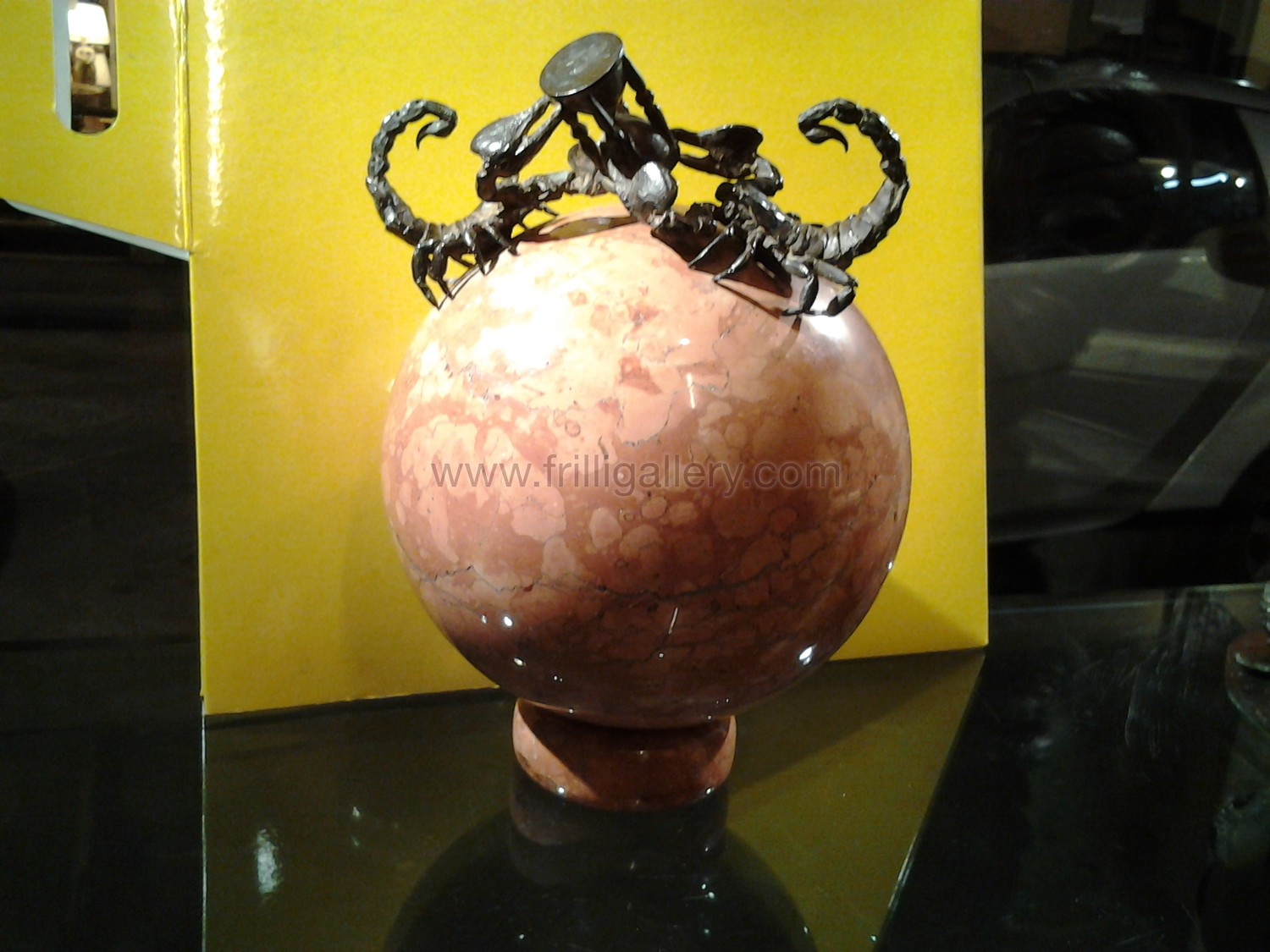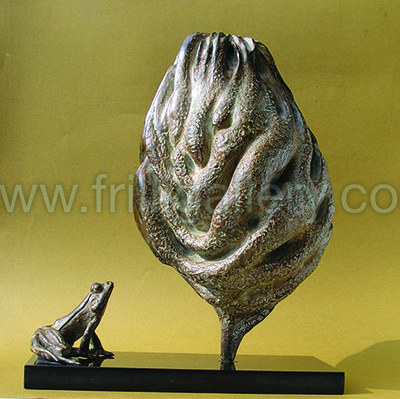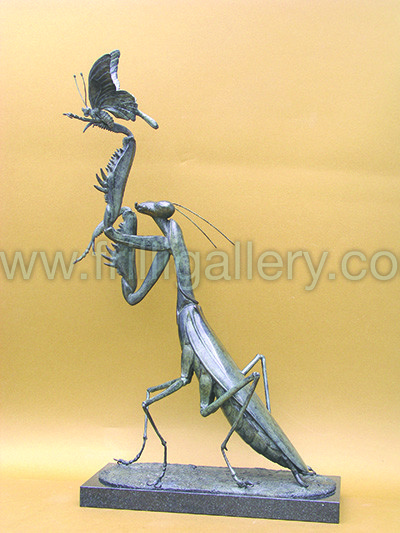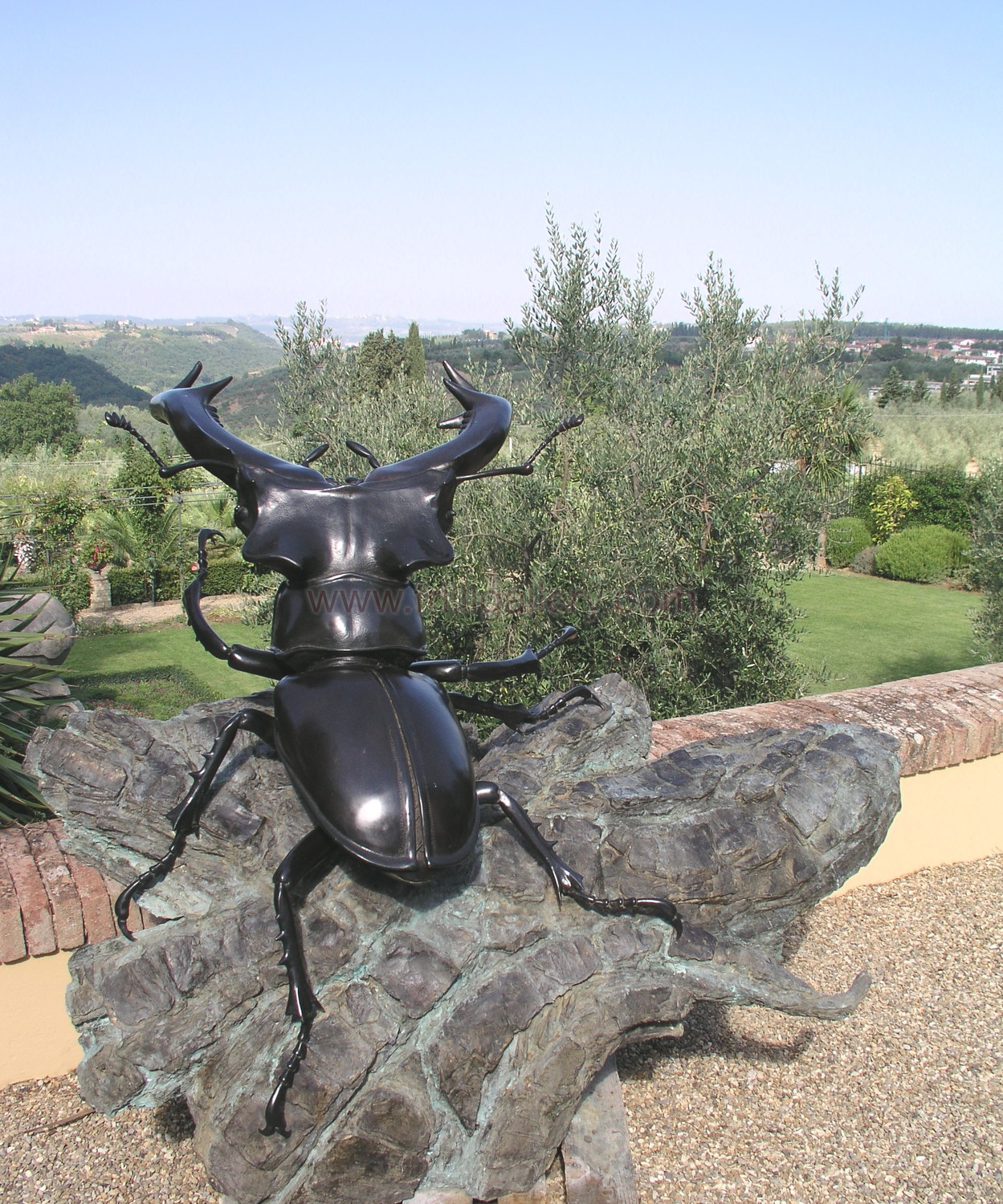
Artists
Anne Shingleton
ANNE SHINGLETON
Anne Shingleton is one of those rare professionals who not only feels comfortable with the tradition of painting in oils on canvas, but also with the skill of sculpting for bronze. Nature is her inspiration. She explains " I can express my love for sunlight and colour through oil paint whereas working in three dimensions enables me to explore the beauty of movement, form and surface texture."
Anne's love for the natural world obviously derives from her childhood years spent on her parents' farm in Dorset, UK, and is a passion clearly demonstrated in her early drawings. This led her to study for a Bachelor of Science degree in Zoology, followed by 2 years specialisation in illustration at art college. From 1980 she studied another 2 years under the renowned classical art teacher, Nerina Simi ( 1890 - 1987 ) in Florence, Italy. Appreciating the rich cultural heritage of Italy (especially its foundries and skilled craftsmen), and the wonderful mediterranean light, she made Tuscany her home.
Anne's knowledge of, and respect for the animal kingdom is such that she enters into the reality of the lives of the animals. She seems to understand their fears, limits, and day-to-day survival. Before making a piece she makes many thorough studies of the live animal and its anatomy.
As with most of Anne's work, there are hidden layers of reality. "I enjoy pushing the boundaries of our visual expectations, particularly in bronze which has such a history of animals in grand monuments; fierce lions, majestic horses and such-like. So I like to choose smaller, less familiar animals and instead of a straightforward portrayal, which is a challenge in itself, I like to have a story behind each piece, and above all add some playfullness. The Japanese understood this well, particularly in their netsukes." Add her skills of attention to detail and you have a bronze that is not only a beautiful sculpture but also a conversation piece. Naturally with this level of work her output is small.
Her humour can be traced back to the influence of classic English illustrators, John Tenniel of Winnie The Pooh fame springs to mind.
